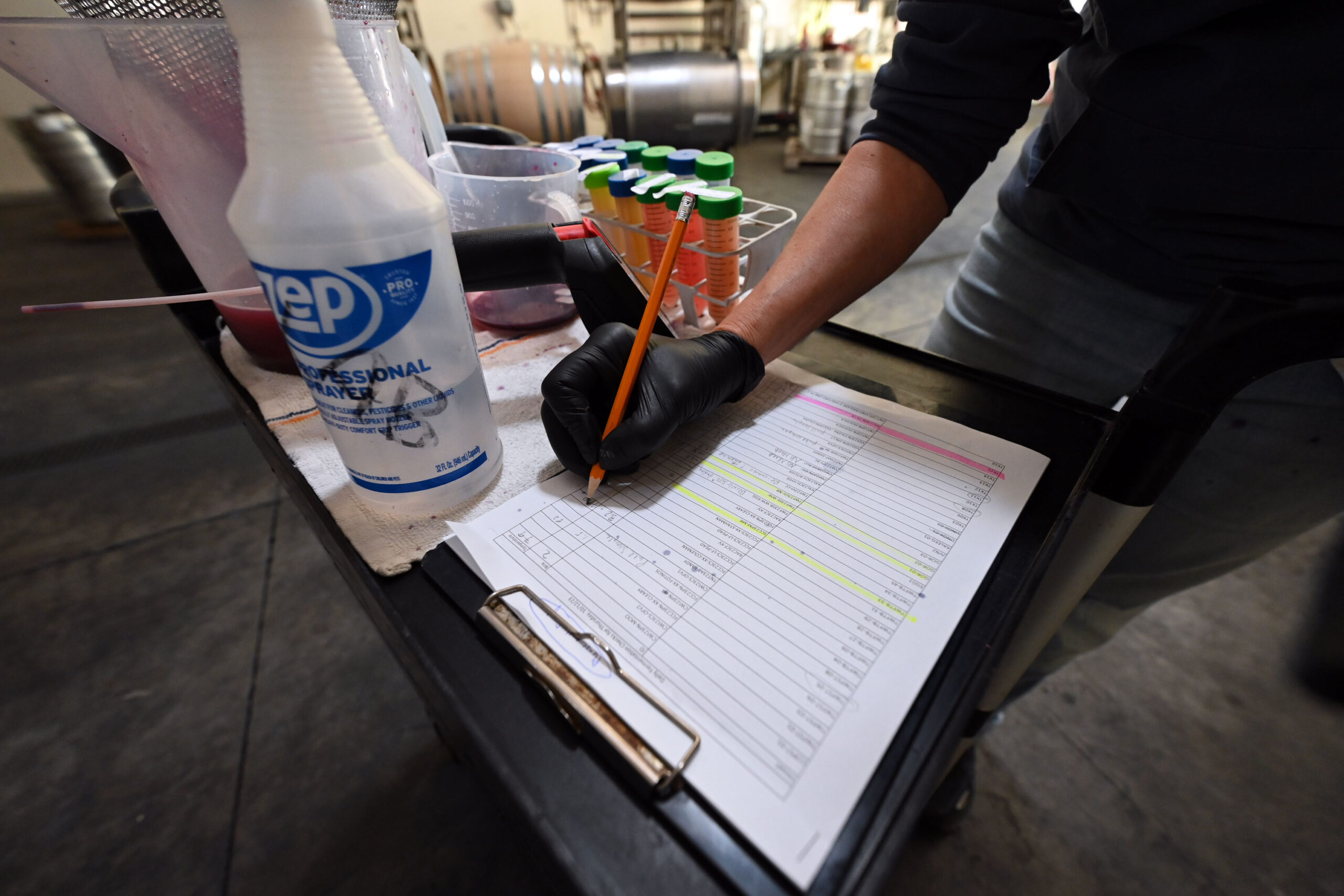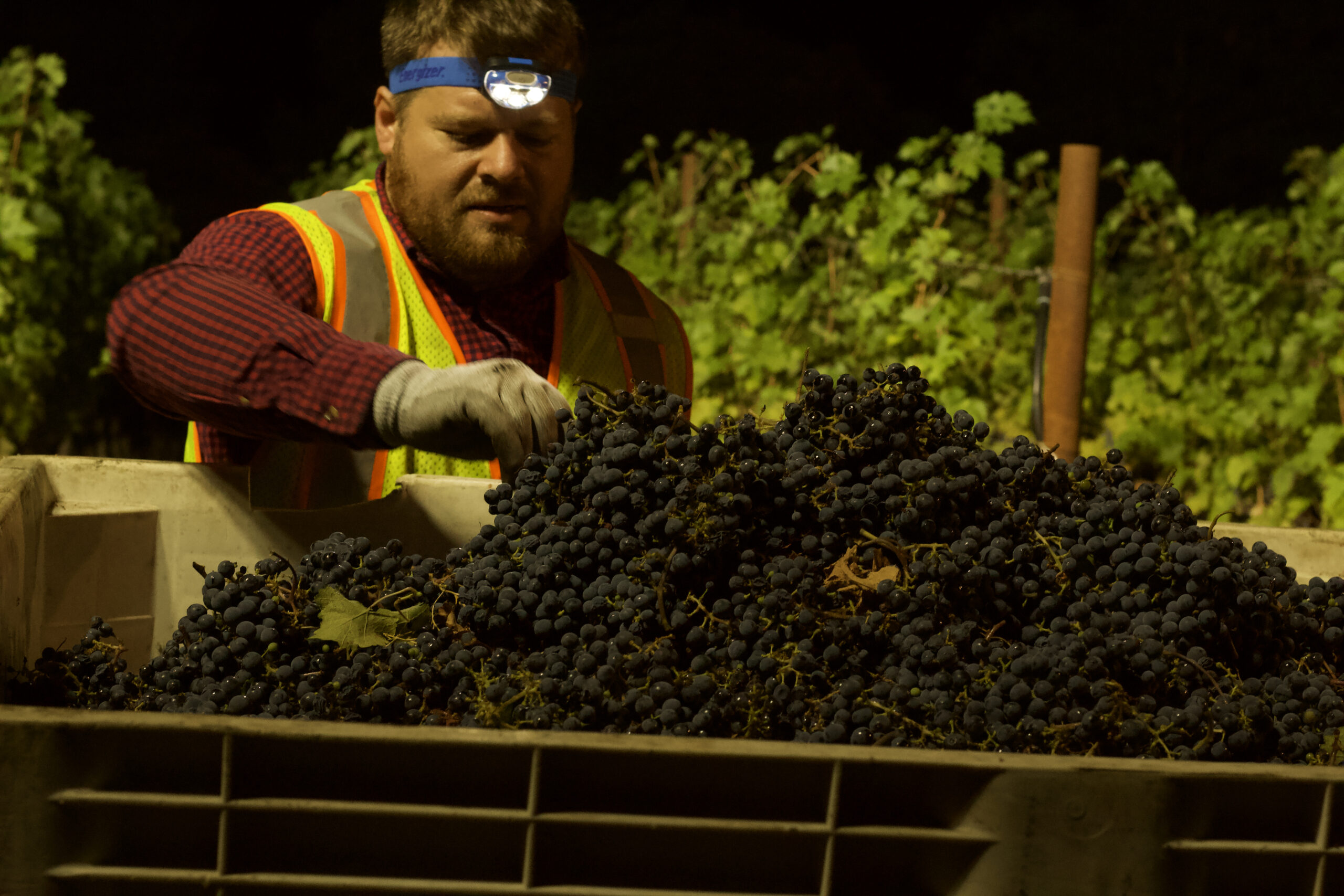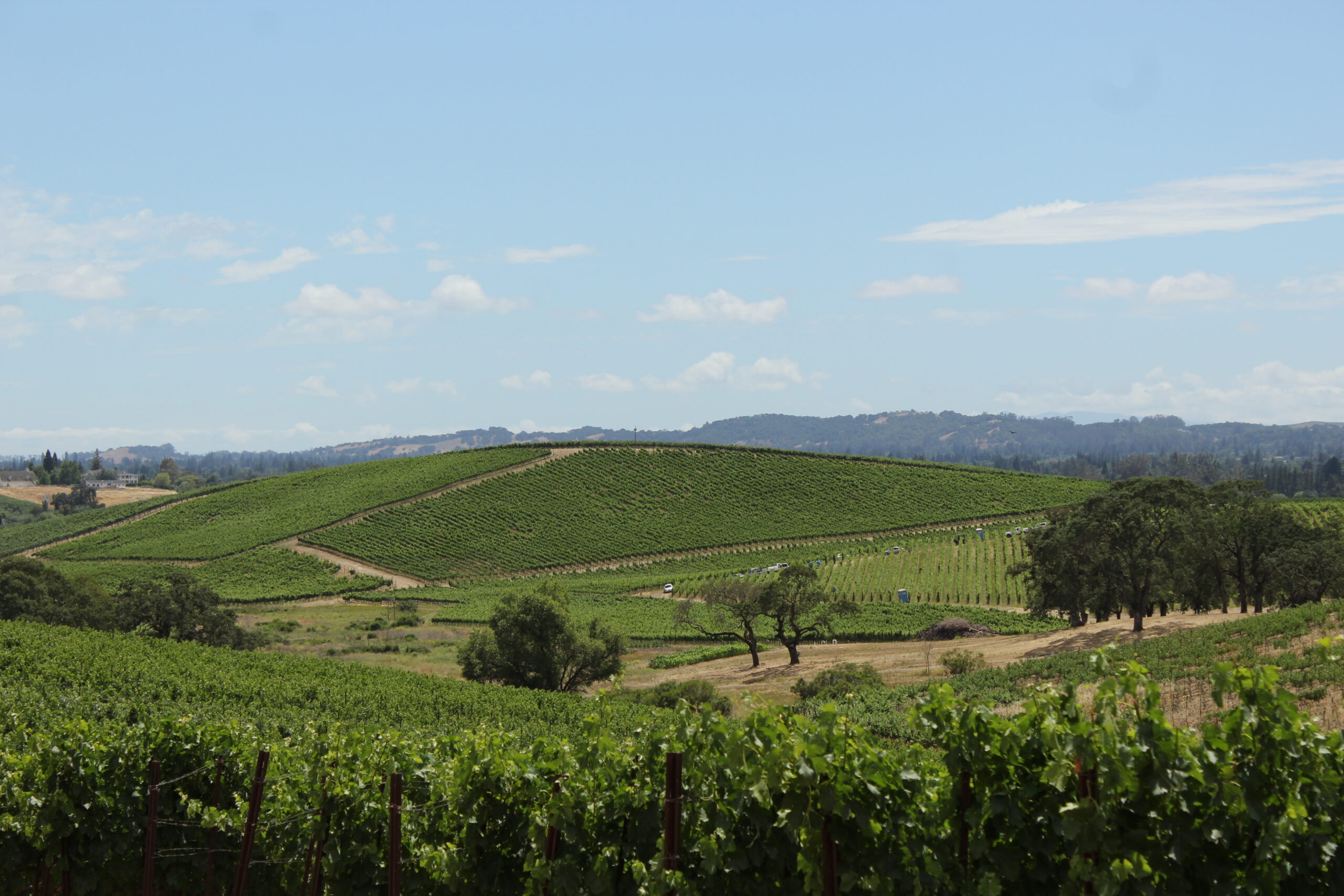Have you overlooked public relations in your marketing strategy? A third party endorsement of your brand, or your wines is even more valuable than advertising, and usually won’t cost you anything except your time. Public relations is an opportunity to get your message out to a much larger audience by working with reporters, writers, bloggers and influencers. From wine scoring and review publications, to mainstream media, getting publicity for your brand can be immensely effective. The commitment is the time you put in to developing these relationships. Here are my top 10 tips for effective public relations:
- Prepare media materials ahead of time. When you have a reporter’s attention you want to be able to tell your story accurately and concisely. Make sure you have your story ready to tell and don’t forget the “Who, What, Where, When, Why and How.” For visuals, professional bottle shots are a must!
- Get to know the media that are important to your business (trade and consumer, local and national). Know what they have covered in the past, any information about what they might be interested in. This includes local TV anchors and influencers who may be interested in wine professionally or personally.
- Keep lists of media current with email address, Twitter handle, etc.
- Set up Google Alerts with your winery name, also other broader topics that may prompt you to see articles and comment on them.
- Subscribe to popular emails (could be wine section of your local paper, wine bloggers)
- Before getting on the phone with any media or blogger be sure to plan out what you will say, and have read their past 3 articles, and the reporter’s bio.
- Depending on the person they may be best reached by email, phone, or Twitter.
- Once you have your media lists you can tailor each pitch to them specifically. Personalized pitches are the best way to pitch your story.
- Reporters need you as much as you need them. Act as a resource for the category in general. They may not quote you the first time, but if you stay valuable to them, they eventually will. Comment on their last article and give your perspective on it.
- Organize your time, and be strategic by building a 12-month calendar. Include major holidays and times when consumers buy more wine. This is also a very popular time for reporters to cover wine in articles. Remember lead times! Magazines have a 3 month lead time, newspapers should be pitched 4 weeks out, online can be as little as 2 weeks.
Many of you ask me about scoring. There are many wine review or scoring publications, however here are the three that are probably the most influential. If your goal is to get scores for your wines then you’ll want to get familiar with how they review and the correct procedure for approaching them. Here are each of them:
Wine Spectator: Contact the Napa office for the Sample Information Form. All samples must have U.S. Alcohol and Tobacco Tax and Trade Bureau (TTB)-approved front and back labels on them.
Wine Enthusiast: Check their site for the Sample Info form. Where you send the samples depends on the AVA listed on each bottle. Check their site for the shipping info for each reviewer.
Wine Advocate: All wineries/producers interested in becoming eligible for selection must first become part of the Wine Advocate Producer database. Reviewers will then make a direct “call for samples” to producers in this database. Once you get the call from them for samples then you can submit samples directly to Reviewers .
Getting a score for your wines is great, especially if it is over 90-points, however getting a score is only the first step. You need to then promote it to your customer base, and prospective customers to make this time investment worthwhile. Good luck!
– By Mindy Joyce, Brand Strategy Coach


